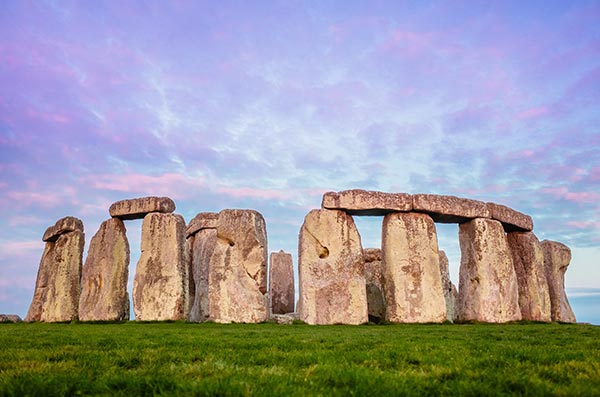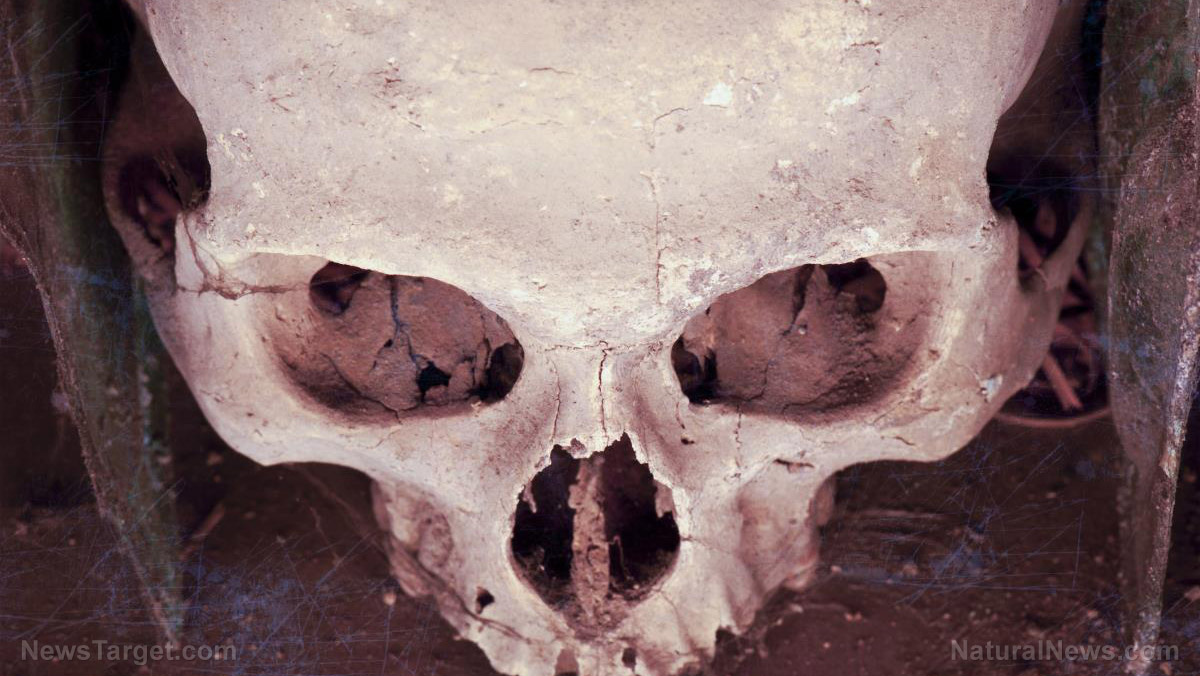
Advertisement
How ancient Britons built Stonehenge has remained a mystery for the longest time. A new analysis, however, claims to have found the mystery material that enabled these ancient people to build the stone monolith – lard.
Archaeologists from Newcastle University propose that ancient builders used pig fat during the construction of Stonehenge. According to the archaeologists, the pig fat would have been used to lubricate “greased sledges” to drag the monolith’s stone slabs into place.
Pig fat residue had already been found in significant amounts on pottery shards at Durrington Walls, near Stonehenge. These were long thought to be associated with feeding the hundreds of people who helped build the monolith. New analysis, however, has found that the traces of lard may actually stem from bucket sized dishes that may have been used to collect and store a form of animal fat called tallow.
“I was interested in the exceptional level of preservation and high quantities of lipids — or fatty residues — we recovered from the pottery,” said Dr. Lisa-Marie Shillito, senior lecturer in Landscape Archaeology, Newcastle University.
The pots weren’t used for cooking
The pottery shards found at Durrington Walls are some of the best studied for organic residues. Over 300 shards from the site have been analyzed as part of a larger study on grooved ware use in Britain, on top of the Feeding Stonehenge study that Shillito was part of.
Initially, the archaeologists were studying the shards thinking that they were used for cooking. However, looking at the animal bones found in the same sites indicated that they were used for something else. The fact that these bones weren’t chopped up showed that these animals were roasted over spits, and not cooked in the pots.
“I wanted to know more about why we see these high quantities of pig fat in pottery, when the animal bones that have been excavated at the site show that many of the pigs were ‘spit roasted’ rather than chopped up as you would expect if they were being cooked in the pots,” stated Shillito.
Most scientists generally accept the idea that the giant stones that make up Stonehenge were moved by human effort. Most theories posit that the stones were quarried from Preseli Hills in Wales. Specifically how the stones were moved and later wedged into place, however, is still up for debate.
Some recent experiments have shown that teams of 20 people could have moved the stones, some of which can stand up to 26 feet tall and weigh as much as two tons, by placing them on sleds and sliding them over logs. With the new study, it’s possible that the lard was used to lubricate the sleds as they slid over the logs.
Rethinking the analysis of fat residues in pots
Analyzing the residues of absorbed fat is a commonly used technique for learning what types of food different types pottery were used for. However, based on these recent findings, Shillito argues that more attention must be paid to how this information is interpreted. (Related: Amazing discovery resembling Stonehenge found in Amazon rain forest.)
“There are still many unanswered questions surrounding the construction of Stonehenge,” she said. “Until now, there has been a general assumption that the traces of animal fat absorbed by these pieces of pottery were related to the cooking and consumption of food, and this steered initial interpretations in that direction. But there may have been other things going on as well, and these residues could be tantalizing evidence of the greased sled theory.”
The way most archaeologists interpreted the pottery residues only gives part of the picture, Shillito added. For her, archaeologists must think about the wider context of what they know, taking a “multi-proxy” approach to identify other possibilities if they hope to unlock the secrets of sites like Stonehenge.
Sources include:
Advertisement
Advertisements
















